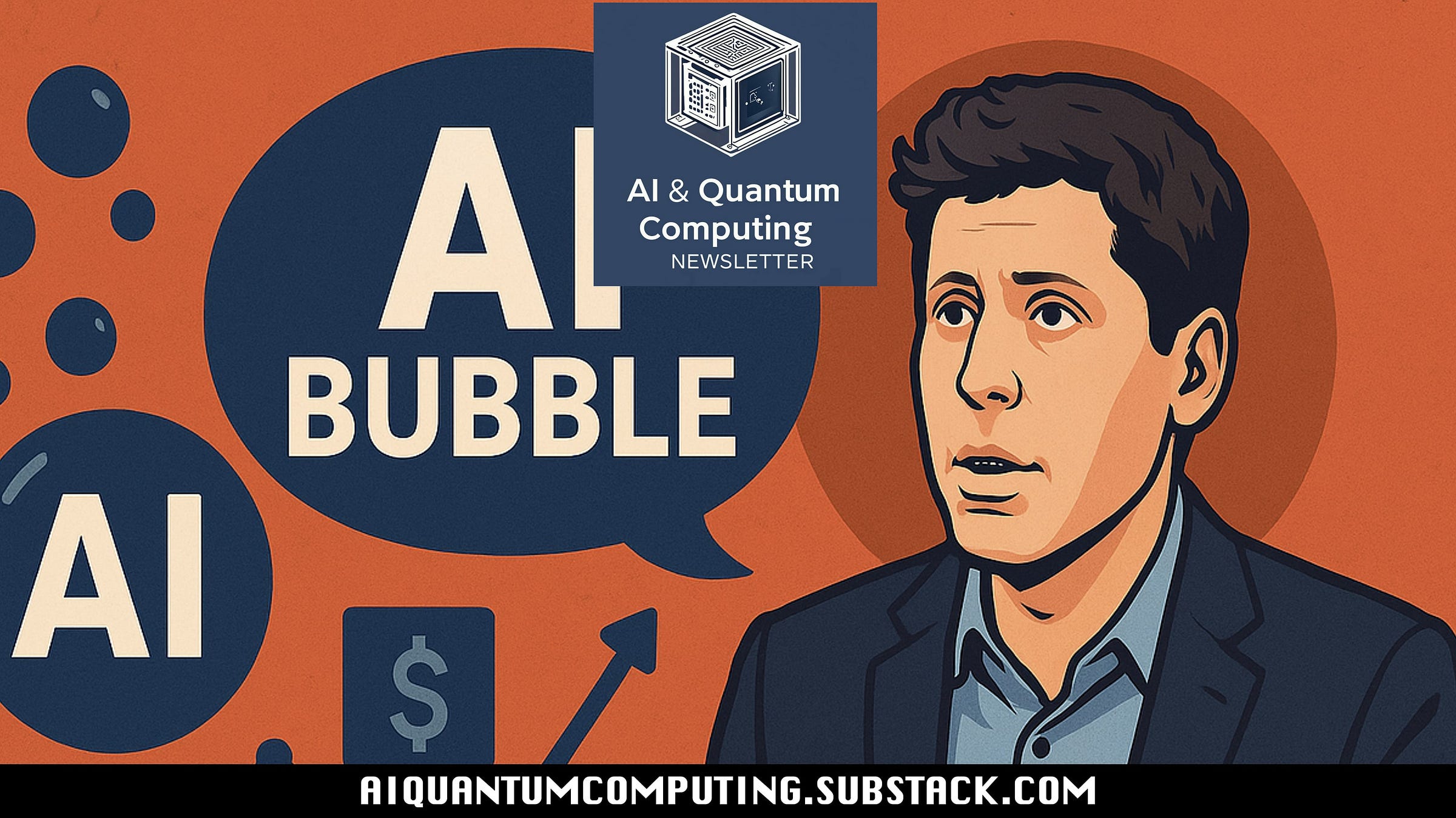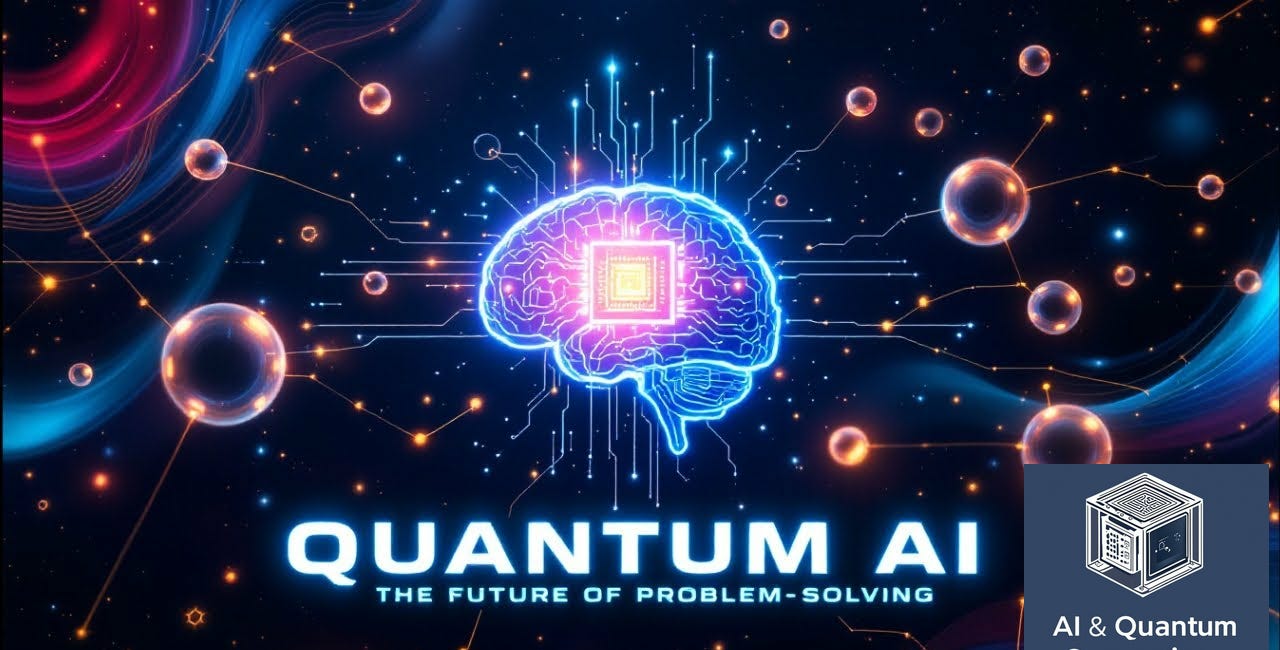AI and the Specter of a Correction: Why Wall Street Could Soon Be Disenchanted.
AI is at a crossroads. The path to maturity will undoubtedly be longer and more winding than the current Wall Street intoxication suggests.
Wall Street is living at the frantic pace of artificial intelligence. Driven by an almost mystical euphoria, the stock market has reached unprecedented heights, propelling a handful of tech giants to the rank of true economic deities. Nvidia, Microsoft, Alphabet, Meta: these names are on everyone's lips, their quarterly performances scrutinized like modern oracles. The promise is immense: a productivity revolution, infinite growth, a reinvented future. Yet, behind the scenes of this financial celebration, dissenting voices are being heard.
The most recent, and undoubtedly the most impactful, is that of Goldman Sachs. The prestigious investment bank has just thrown a wrench in the works: this mad race is not eternal. An inevitable slowdown in AI-related productivity could not only curb the momentum but also trigger a sharp correction, cutting the S&P 500 by nearly 20%. This warning is not a mere footnote; it is a scathing reality check, a signal that the gap between technological promise and economic reality may be far wider than we imagine.
The AI Oracle Has Spoken: Andrew Ng's 5 Predictions That Will Mint the Next Generation of Millionaires.
When Andrew Ng makes a prediction, the world of technology holds its breath. This isn’t just another pundit shouting into the void. This is the man who saw the Deep Learning revolution coming in 2008, long before it became a household term. He anticipated the online education boom
The Mirage of Infinite Growth
Since the launch of ChatGPT just over two years ago, generative artificial intelligence has evolved from a science fiction concept to the most powerful fuel on Wall Street. In record time, it has redefined stock market hierarchies. Nvidia, once a simple manufacturer of graphics cards for gamers, has become the emblem of this new era, its market capitalization surpassing that of entire national economies. Every announcement, every quarterly result from the “Magnificent Seven” (Microsoft, Apple, Nvidia, Alphabet, Meta, Tesla, and Amazon) is greeted with new surges, feeding a narrative of exponential and limitless growth.
For many investors, the trajectory seems as clear as that of electricity in the 20th century or personal computing in the 1980s: a profound and inescapable transformation of the global economy. But it is precisely this dogma of continuity that Goldman Sachs is casting doubt upon. The bank’s central argument is based on a fundamental economic law: no growth is eternally exponential. The productivity generated by AI—that is, its ability to increase corporate efficiency and boost profits—will eventually reach a plateau. A slowdown is, in their words, “inevitable.”
The problem is that markets don’t pay for current profits, but for anticipated future profits. And in the case of AI, these expectations have reached stratospheric levels. The valuation multiples of tech companies are based on the assumption that AI productivity gains will spread massively and rapidly across all sectors of the economy. If this diffusion slows, if industries are slow to adopt these technologies, if implementation costs remain prohibitive for SMEs, then the promise of profitability evaporates. The correction would then not be a simple fluctuation, but a violent readjustment to reality.
The Unsettling Echo of the Dot-Com Bubble
This scenario is not new. It resonates with the still-vivid memory of the dot-com bubble in the early 2000s. At that time, the enthusiasm for the digital revolution was just as palpable. Companies with no viable business model reached absurd valuations simply by adding “.com” to their names. Today, the suffix has changed, but the mechanics seem strangely familiar. Every company, regardless of its sector, feels compelled to announce its “AI plan” to reassure investors and remain credible.
The parallels are troubling:
Speculative Frenzy: Publicly traded companies are rushing to claim AI capabilities, hoping for a stock market boost, just as the previous generation branded themselves as “dot-coms.”
The Iconic Leader: Nvidia, the manufacturer of the chips powering the AI revolution, now plays the role that Intel, the microprocessor giant, played in the 1990s as a market driver.
The Investment/Revenue Gap: The investments are colossal. The GAFAM companies have poured more than $500 billion into AI in two years. In return, the estimated additional revenue is only $35 billion, an abysmal gap that raises questions about short- and medium-term profitability.
“It has the feel of a bubble,” soberly commented Marko Kolanovic, former head of research at JP Morgan. When the euphoria dissipated in the early 2000s, the Nasdaq crashed by nearly 80%. The question is whether AI, despite its undeniably greater potential than many startups of that era, can avoid a similar trajectory.
The Fragility of a Hyper-Concentrated Market
The danger is amplified by a unique characteristic of the current market: its extreme concentration. Never in the modern history of American markets has such a small number of companies weighed so heavily in the balance. The “Magnificent Seven” alone account for more than a quarter of the total market capitalization of the S&P 500 index.
This concentration creates a systemic Achilles’ heel. A slowdown in AI-related growth would not affect a diffuse sector but would hit these few behemoths head-on. And their weight is such that the rest of the market, composed of hundreds of other companies, could absolutely not absorb the shock. The domino effect would be almost instantaneous. A simple downward adjustment in the forecasts for Nvidia or Microsoft could trigger a wave of sell-offs across all tech stocks, which, by their sheer mass, would drag the overall index down with them. The market has become dependent on the health of a handful of players, all exposed to the same innovation cycle.
The Real Cost of AI: When No One Is Footing the Bill
Beyond speculation, very concrete warning signs are flashing in financial reports. A recent MIT study came as a cold shower: 95% of generative artificial intelligence projects fail to create measurable value. Despite the billions invested, only a tiny minority of use cases generate a tangible return on investment. The report details a funnel-like adoption process: 80% of companies have explored the technology, but only 40% have deployed it, 20% have reached a pilot stage, and a mere 5% have put a viable solution into production.
This difficulty in turning investment into value is reflected in a key financial indicator: Free Cash Flow. This is the cash a company generates after covering all its operating expenses and investments. It is a vital marker of its financial health. Yet, Amazon and Oracle have posted two consecutive quarters of negative free cash flow. Even the advertising giants, Alphabet and Meta, are seeing this metric erode dangerously.
The cause is simple: the expenses to support AI are astronomical. Building gargantuan and energy-intensive data centers, buying massive quantities of NVIDIA GPUs at premium prices, offering seven-figure salaries to attract top researchers... The money is flowing out, but it's not flowing back in yet. The market finds itself in a paradoxical situation: AI costs a fortune to produce, but it is often consumed as if it were free. Microsoft integrates Copilot into Office 365, Google enhances its existing services, Meta uses AI to optimize its advertising algorithms, but there are few models where the end-user pays directly and explicitly for the AI service. This dissonance between the cost of production and the monetization model is an economic time bomb.
Beyond the Euphoria, Obstacles to the Revolution
Finally, several obstacles could slow down the AI frenzy. Material constraints, particularly the reliance on a few semiconductor manufacturers like TSMC, make the supply chain vulnerable. The colossal energy consumption of data centers raises questions of long-term environmental and economic sustainability. Regulation, still in its infancy, could impose stricter standards on data protection and algorithm transparency, thereby hindering innovation.
But the most fundamental obstacle remains that of diffusion. While major banks, media outlets, and logistics giants are starting to see measurable gains, the vast majority of the economic fabric, especially SMEs, is struggling to keep up. Without widespread adoption, the macroeconomic effects of AI will remain limited to a small elite, falling far short of the expectations that justify current valuations.
Goldman Sachs’s warning is not a prophecy about the failure of artificial intelligence. Its potential to reshape our world is very real. It is a call for temperance, a reminder that every technological revolution goes through phases of excessive enthusiasm, disillusionment, and consolidation. For investors, the lesson is clear: diversification, attention to economic fundamentals, and a healthy skepticism toward narratives of linear growth are more necessary than ever. AI is at a crossroads. The path to maturity will undoubtedly be longer and more winding than the current Wall Street intoxication suggests.
How to Explain Quantum AI at a Dinner Party (and Sound Like a Genius).
Marseille, France – The first hint of dawn is breaking over the limestone cliffs of the Calanques. It’s just past 7 AM on Monday, the first of September, 2025. Marseille is still quiet, the air cool and calm before the city awakens. It’s the perfect time for a coffee and a moment of quiet contemplation before the week begins. My thoughts drift to a dinn…
Beyond Brute Force: This Brain-Inspired AI Could Change Everything.
Here is a piece of news that could mark a significant turning point in the relentless pursuit of artificial intelligence. While tech giants compete with ever-larger models that are increasingly hungry for data and energy, a Singaporean startup, Sapient, has just upended the game.
Beyond Solar Panels: 3 Ways Quantum AI Is Secretly Fighting Climate Change.
Marseille, France – The sun is setting on this warm Saturday evening, August 23, 2025. From a vantage point overlooking the city, the view is a study in contrasts. To one side, the ancient, golden limestone of the Basilique Notre-Dame de la Garde catches the last rays of light. To the other, in the distance, the sprawling industrial port of Fos-sur-Mer …





